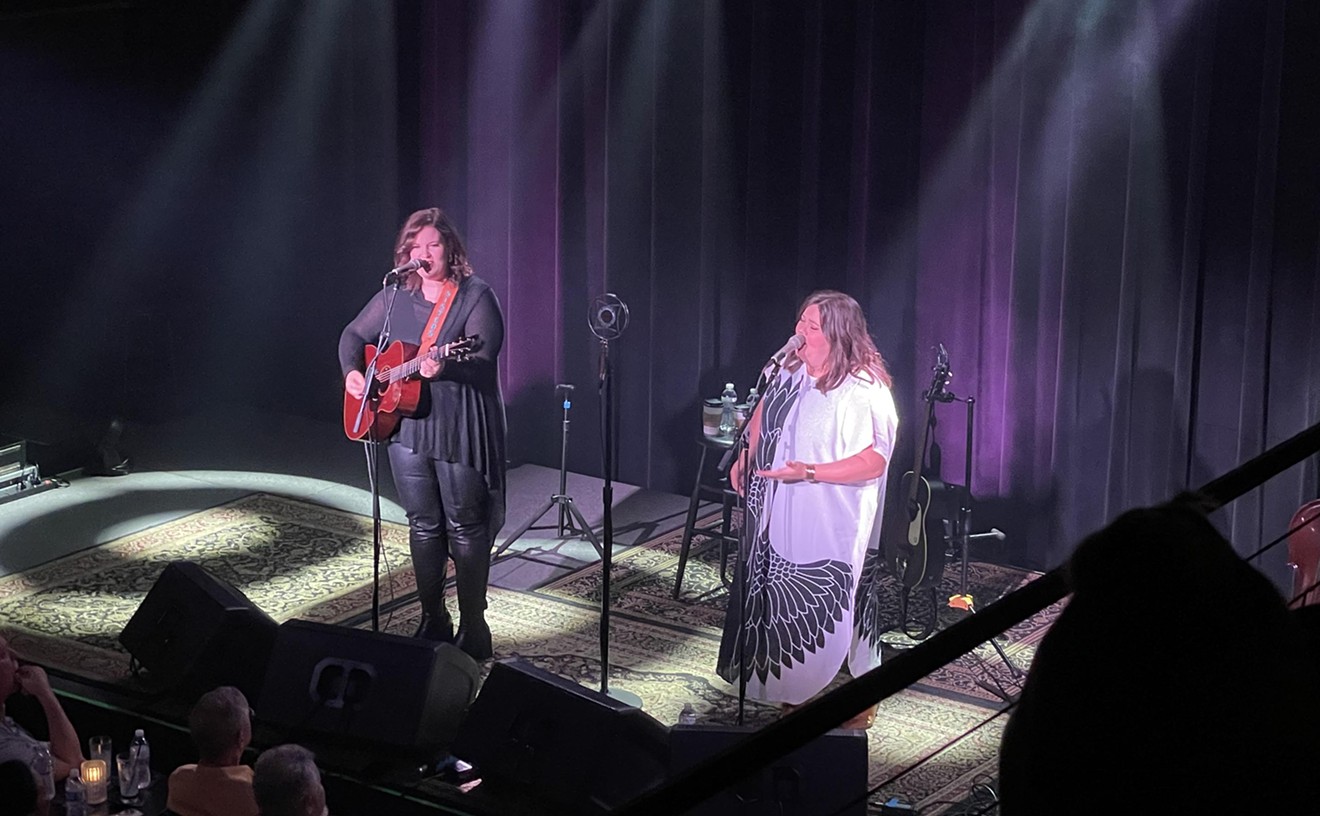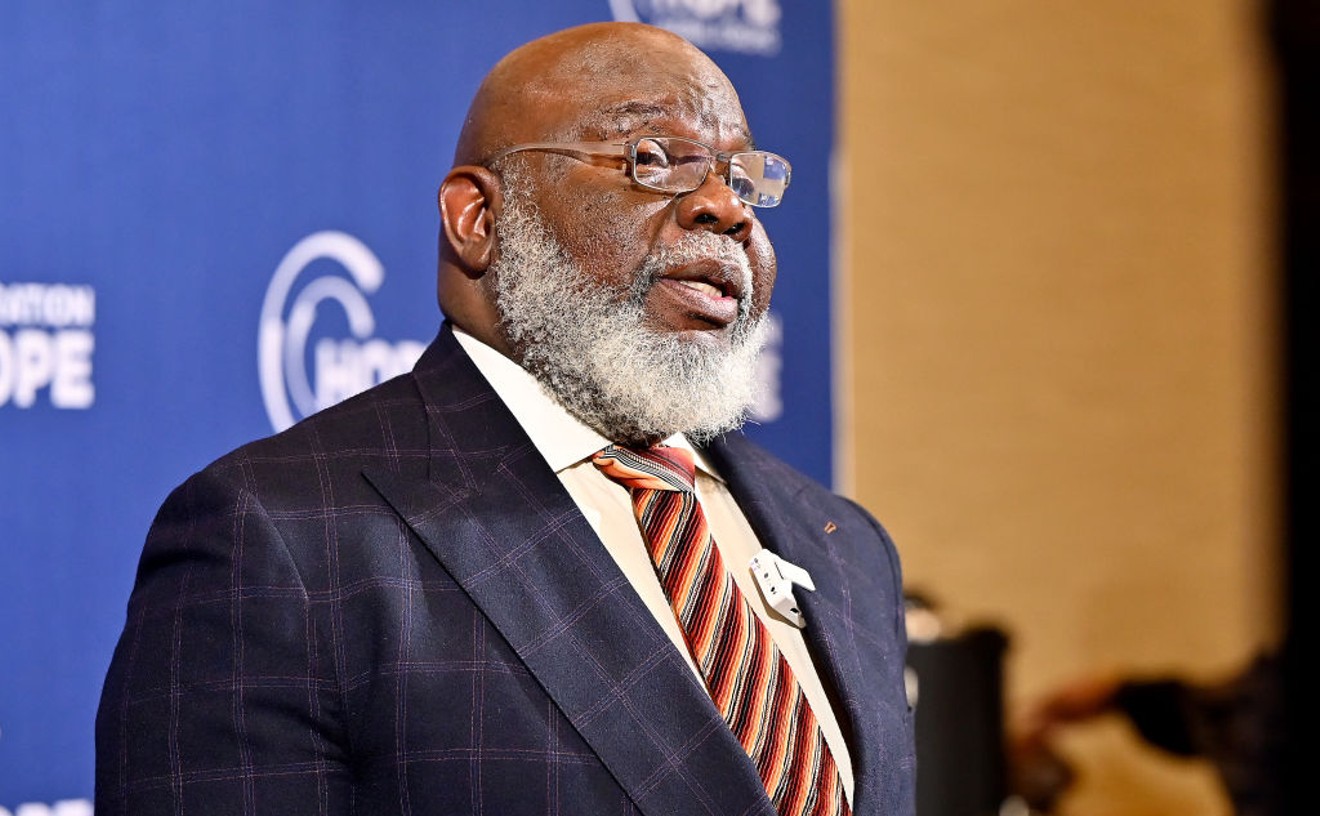By Jeff Weiss
If you try to remember the late fall of 1992, all you see is smoke. Smoke smoldering from the rubble of post-riot L.A. Smoke sepulchral from the barrels of freshly fired AKs. Smoke swirling from the Zig-Zags of anyone able to purchase the bomb, the real sticky-icky, the chronic.
All you hear is The Chronic -- Dr. Dre's perfectly rolled joint, which soon celebrates the 20th anniversary of its December 15, 1992 release.
You might not agree that it is the greatest rap album of all time, but it's difficult to argue against its selection. Biggie or Nas' debuts may be more lyrical. A Tribe Called Quest's Low End Theory is looser. Wu-Tang and OutKast were more otherworldly and Public Enemy more incisively political. But no album before or since has blended those qualities like the rat-tat-tat murderer's row of Dre, Snoop Dogg, Daz, Jewell, Kurupt, The D.O.C., RBX, Nate Dogg and the Lady of Rage.
Hip-hop is omnivorous by design. It recycles old sounds and ideas and spits them back at semiautomatic speed. The Chronic was the culmination. It synthesized the previous quarter-century of soul music and expanded upon its possibilities. No rap album had ever been that musical. Dre fused live instrumentation with a mosaic of Parliament, Donny Hathaway, James Brown and other impeccably selected soul and funk samples. This was G-Funk. Then he laid down some of the hardest and most hilarious raps and skits captured on tape.
"The Chronic is still the hip-hop equivalent to Stevie Wonder's Songs in the Key of Life. It's the benchmark you measure your album against if you're serious."
Kanye West wrote that in Rolling Stone, and no one knows more about delivering on insane ambition than he. But The Chronic did more than extend rap's parameters -- it simultaneously revealed its roots. Things went deeper than just sampling a song like Hathaway's "Little Ghetto Boy." Dre, Snoop and the D.O.C. were connecting the blood red and marine blue gang warfare of South Central with the turbulence of the civil rights era. Things done changed. We were in the Boyz n the Hood era, and The Chronic twisted audio clips from the documentary Birth of a Nation 4x29x92 with the white-chalk narratives of 18-year-olds with itchy trigger fingers and homies named Lil Half Dead.
"The Chronic captured the reality that was with us -- the black cloud over L.A. that existed after the riots. Robberies were at an all-time high. The National Guard was still in Compton. People were either very timid or very violent," says Compton-bred Game, who was Dre's choice to steward the West Coast gangsta-rap tradition to the next generation. "Even if you were from Nebraska, all you had to do was listen to The Chronic and you could feel like a gangsta."
Gangsta rap existed before The Chronic. By 1987, Schoolly D and Ice-T were banging on both coasts. The arrival of N.W.A. proved gangsta rap could even be considered a public enemy by the FBI. But The Chronic was the first to make it fun. Lead single "Nuthin' But a 'G' Thang" never left MTV rotation and became the nation's go-to party soundtrack. It went mainstream without losing its subversive edge. Snoop and Dre may have terrified parents and even many of their fans, but they were embraced because they were funky and larger than life. They did for gangsta rap what Michael Jackson's Thriller did for black pop -- shatter glass ceilings and rewire the national zeitgeist.
No great rap album has ever been so influential. It electrified Death Row's reign and introduced the world to the hydroponic slang of South Central. Suburban adolescents suddenly dreamed of being Gs in baggy jeans and Raiders caps, flipping switches in a 6-4 Chevy -- red, to be exact.
From San Diego to the Bay, G-Funk became the de facto sound of most commercial West Coast street rap until the middle years of the next decade. Its influence spread to the sound of the South and Midwest, too -- listen to the serpentine synth whines on Master P's "Bout It Bout It" and you can hear Dr. Dre's inspiration.
"The Chronic set the bar. If you wasn't bumping it, you wasn't bumping shit. Even New Yorkers knew that," says Freddie Gibbs, the current best gangsta rapper, who felt the record's effect on his native Gary, Indiana. "A lot of rappers today brag that they're going to make their Chronic. But they won't. That was a one-time thing."
Even if you weren't down from day one, listening to The Chronic can still transport you into a foreign but familiar world. The street signs and stresses might look the same, but it is a land where the smoke never stops and the Slauson Indoor Swap Meet is always open. Maybe Snoop said it best: Perfection was perfected.










